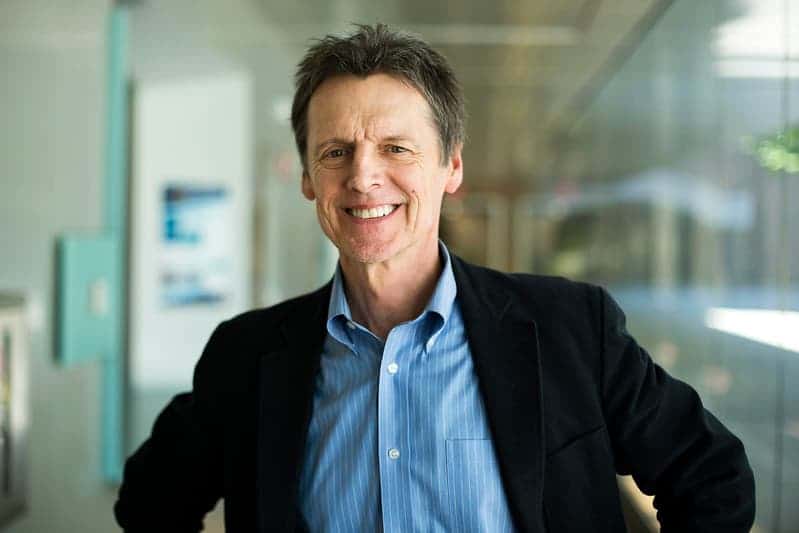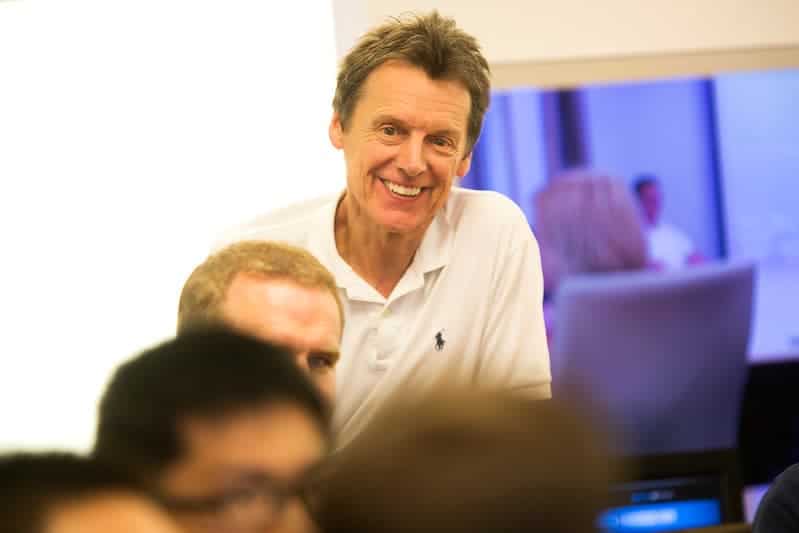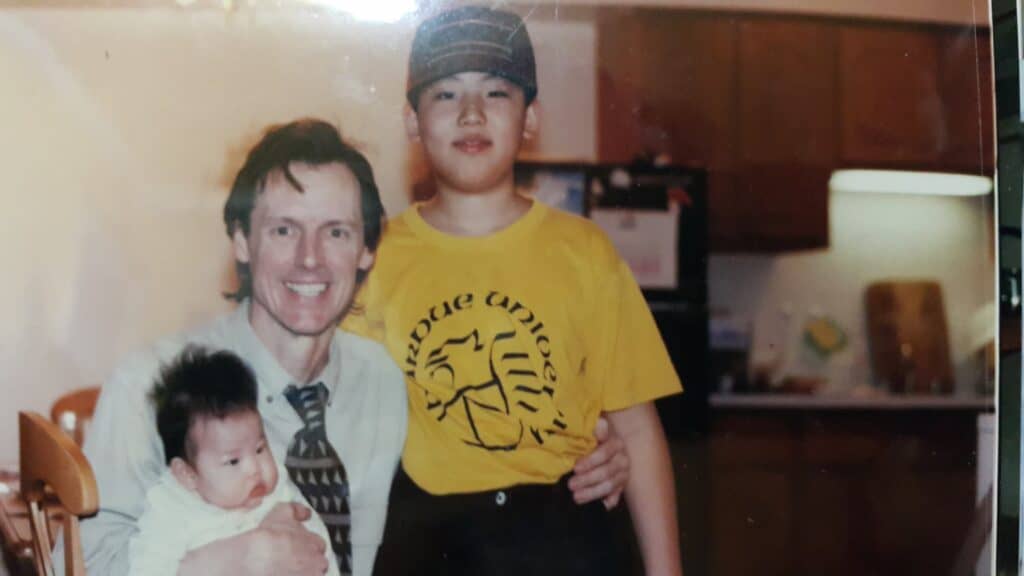
Tom Downar retires after a distinguished career in computational nuclear reactor physics
Professor Downar’s career was distinguished by his dedication to teaching and contributions to computational nuclear reactor physics.

Professor Downar’s career was distinguished by his dedication to teaching and contributions to computational nuclear reactor physics.
Thomas J. Downar, professor of nuclear engineering and radiological sciences at the University of Michigan, retired from active faculty status on June 30, 2024, after an illustrious career spanning several decades and multiple prestigious institutions.
A distinguished graduate of the United States Military Academy, West Point, in 1974, Downar went on to receive his Master of Science degree in nuclear engineering from the Massachusetts Institute of Technology (MIT) in 1975. Following his service, which included two years as a Physics Professor at West Point, he returned to MIT as a Hertz Fellow, earning his PhD in 1984. Shortly after, he began his academic career at Purdue University’s School of Nuclear Engineering, where he was on the faculty from 1984 to 2006 and became a full professor in 1998. During his tenure at Purdue, he was the director of the Computation Science and Engineering Program and co-director of the Computer Research Institute. In 2007, Downar joined the nuclear engineering department at the University of California, Berkeley, before becoming a part of the NERS department in 2008.
Downar’s research focused on computational nuclear reactor physics, significantly contributing to fuel management, multiphysics simulation, reactor neutronics, and nuclear reactor safety. He was instrumental in developing and maintaining the U.S. Nuclear Regulatory Commission’s advanced reactor core simulator (PARCS), a critical tool for commercial reactor licensing. He also oversaw the development of the Michigan Parallel Characteristics Transport (MPACT) code, which was central to earning the R&D100 award in 2016 and the Ted Kennedy Faculty Team Excellence Award in 2017. Most recently, a third computer code developed in Professor Downar’s group, AGREE, is being used by KAIROS Power and X-Energy Ltd. for the design and licensing safety analysis of two of the most promising next-generation reactors.

Throughout his career, Downar published over 100 archival journal articles, numerous conference proceedings, co-authored one book, and contributed to another. He chaired or co-chaired 36 PhD students and oversaw 27 master’s students, with seven of his former Ph.D. students now holding faculty positions in nuclear engineering at universities in the U.S., Europe, and South Korea. He was recognized as a Fellow of the American Nuclear Society in 2002 and received numerous teaching awards, including the Best Teacher Award at the U.S. Military Academy in 1980 and Purdue University’s School of Nuclear Engineering in 1989, 1990, and 1992.
Professor Downar is known for his exceptional mentorship and his ability to balance a serious commitment to his work with a lighthearted demeanor. His influence extended beyond his research, significantly impacting his students and colleagues. Professor Downar’s dedication to the education and mentorship of students and the numerous research staff in his group over the years, combined with his significant contributions to computational methods in nuclear reactor physics and nuclear reactor safety, leaves an indelible mark on the field and the University of Michigan. His work and his approach to teaching will be remembered fondly by all who had the privilege of learning from and working with him.
“About 26 years ago, I took the reactor kinetics course from Professor Downar at Purdue. I vividly remember that his lectures were exceptionally clear and logical, and easy to follow for someone who did not have an undergraduate degree in nuclear engineering. He is a passionate and outstanding instructor. Nineteen years later, I had the privilege and honor to be associated with Professor Downar again as one of his NERS colleagues. I appreciate his encouragement and support over the years. Congratulations Professor Downar!”
—NERS Professor Xiaodong Sun
“I was able to see Professor Downar’s commitment to mentorship in the way he built and trained his research group to carry on successfully once he retired. They continue to do great work and build upon the strengths of his legacy.”
—NERS Professor and Chair Todd Allen
“Tom’s retirement marks an exceptional career in nuclear engineering, including the development and deployment of advanced methods for reactor analysis and reactor safety. I have known Tom since the 90s, having visited Purdue to give a talk and meet his research team to learn about their research. I was impressed by the quality of his students and the importance of their research projects. Over the years, Tom’s PhD students from Purdue and later Michigan have graduated with outstanding theses that have made their mark in the field of computational methods development for nuclear reactor simulation. Tom and his students continue to have a huge impact on our field. I wish Tom the best as he starts this new phase of his career.”
—NERS Professor Emeritus Bill Martin
“With Tom Downar’s significant research accomplishments during his tenure at Purdue, I feel that NERS was fortunate to be able to convince him to come to Michigan. It is also my pleasure to recognize Tom’s sustained contributions to the NERS research portfolio, with scores of outstanding graduate students, especially through the Consortium for Advanced Simulations of LWRs (CASL) project. I hope NERS may count on his occasional help even during this new phase of his career.”
—NERS Professor Emeritus John Lee
“I met Professor Downar in 1996 as a 2nd year undergraduate student at Purdue University. One day, I went to his office and said I was interested in doing some research. He asked me about my interests, and I distinctly remember that I answered, “Plasma and fusion”. Knowing what I know now, I think a reasonable response would be to tell me that this is not his area, he can’t help me, and give me the name of a “plasma/fusion” professor, emphasizing to look up the research profile of whomever I talk to next. Fortunately for me, he hasn’t done that! A few days later, I started working on the MSLB benchmark with RELAP5, and the rest of my story was an incredible research, education, and growth opportunity that Professor Downar has given me for almost 10 years when I was a student at Purdue University, and another almost 20 years of personal and professional advice and support since I left Purdue in 2005. Now I know what unbelievable luck it has been to work, study, and learn from him, and the opportunities he has given me as my mentor and academic father. Thank you, prof. Downar for all that you have given me!”
—Tomasz Kozlowski, Former Graduate Student, 2005
“I just learned that Tom had retired recently! This kind of news is always bittersweet to me. I will miss the years we worked together (ISL, TRACE/PARCS BWR stability analysis, NEUP project, etc.), a true pleasure and honor. I learned about his work when I studied at Tsinghua. I wanted to do my PhD with him, but unfortunately, I did not get accepted by Purdue and instead went to MIT. uh… some connection with him has been established since we both graduated from MIT 😊. There are many great guys in computational transport and reactor physics that I admire. However, Tom is one of the few that I not only admire but also have a good rapport with. I want to thank him for his support and help (and mentorship) over the last 20 years. I hope we still can cross paths from time to time in the future. Congratulations to Tom on his retirement and wonderful career.”
—Dean Wang, Collaborator and Friend
“Prof. Downar has made the PARCS reactor spatial kinetics code, which was written initially by me during my PhD and postdoc days in 1995 through 1997, a widely used reactor simulation code worldwide by providing the U.S. NRC, that uses PARCS as its reactor kinetics code, with continued development and maintenance by maintaining the PARCS group for more than 27 years.”
—Han Gyu Joo, Former Graduate Student, 1996
